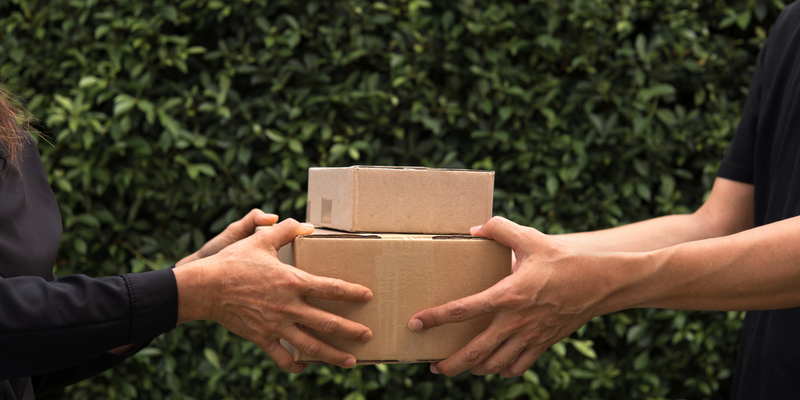
In the early days of packaging, a box was simply a vessel designed for protection and delivery. But in this day and age of digital transformation, packaging has become a smart, interactive interface between consumers and brands. The shift from plain barcodes to QR codes and now to AI-powered labels is not merely a technology revolution, it’s a revolution in how we interact with products, provide transparency, and deliver trust at scale.
I recall to this day a discussion with a young businessperson at a shipping conference, who told me, “My product is high-end, but how do I get my packaging to convey that?” That’s where intelligent packaging enters the scene—it’s no longer about design, but rather about interaction, traceability, sustainability, and information.
The rise of QR codes: The first step towards interaction
The initial actual disruption in smart packaging began with the use of QR codes. Pixelated squares discreetly changed the way consumers interacted. Overnight, packaging was no longer static. Consumers could unleash videos, how-to-use guides, authenticity verification, or even reordering links directly by scanning a code. In FMCG and pharmaceutical categories, QR codes began to deliver manufacturing dates, expiry reminders, and even nutritional disclosures.
The elegance of this transition was its democratisation. QR codes did not require sophisticated hardware, merely a smartphone. For India, where mobile penetration is significant but digital literacy is patchy, it was a game-changer.
AI labels: Transition from smart to predictive
But as companies became more nuanced, the requirement wasn’t just for interaction, but for smart anticipation. That brought in the next phase of AI labels.
AI-powered packaging isn’t only intelligent; it’s also predictive. For instance, sensors built into packaging can monitor environmental conditions such as temperature or humidity and forecast spoilage for perishable products. In supply chains, they can provide real-time reporting on handling, route conditions, and product safety to ensure accountability and reduce loss.
One actual instance that I came across was a worldwide electronics brand that incorporated near-field communication (NFC) chips into their packaging. The AI-powered system would be able to notify customers whether the product had been opened or subjected to harmful transit conditions, all before opening the box.
Traceability and counterfeit protection
For sectors such as pharmaceuticals, luxury products, and electronics, smart packaging is essential in the fight against counterfeits. With blockchain technology married to AI-powered tags, businesses can offer an immutable record of a product’s lifecycle from production to delivery. Every stage is captured and made accessible to customers with a scan, creating trust and transparency.
This kind of traceability is no longer a ‘nice-to-have’ it’s becoming a regulatory mandate in most countries, particularly on sensitive items. And AI makes sure that this is not just a bookkeeping measure; it’s an analysis. It can identify shipping route anomalies, pinpoint risks before they materialise, and optimise distribution planning.
AI and consumer behaviour
One of the under-emphasised benefits of AI labels is their contribution to understanding consumer behaviour. AI can monitor engagement metrics how frequently consumers scan packages, what type of content they’re interested in, and what motivates repeat purchases. That information flows back into product development, inventory planning, and marketing initiatives. It’s a full cycle of learning, facilitated by a simple label.
In a packaging innovation workshop I attended last year, a brand manager explained how they utilised AI feedback loops to rethink a skincare product’s packaging after discovering that customers were scanning it more for ingredient learning than tutorials. That’s live, data-driven product innovation.
The sustainability angle
AI is also driving the move toward circular packaging. Smart labels can guide customers on how to dispose of them depending on the material, read recyclability in real-time, and even connect to return or refill programmes. As sustainability becomes a worldwide imperative, packaging no longer marks the end of the product journey it’s the start of the next loop.
Final thoughts: Where do we go from here?
As AI becomes more affordable and scalable, its integration into packaging will no longer be limited to premium brands. The real power of intelligent packaging lies in democratising information, ensuring transparency, and enabling brands to serve consumers better with safety, trust, and personalisation.
The packaging of the future will not be silent. It will speak, guide, learn, and evolve.
And we’re just getting started.
(Suresh Bansal is the Founder and CEO of DCGpac.)
Edited by Jyoti Narayan

